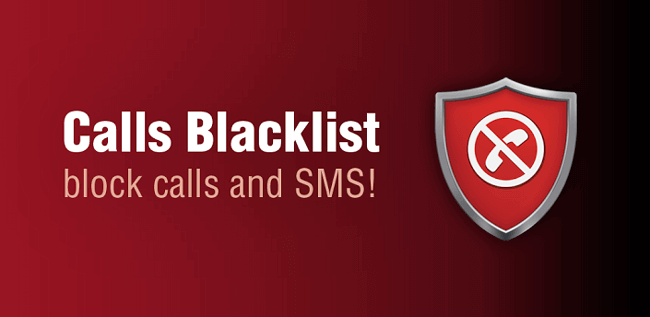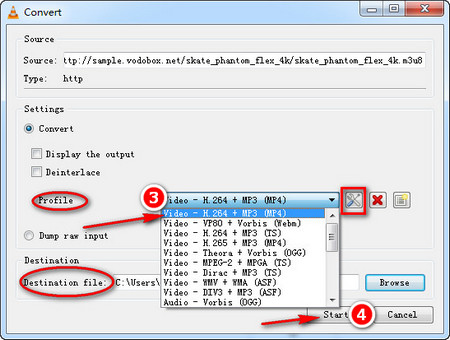“Okay, here is an article about M3U8 converter APKs for Android, written in English and aiming for a word count around 1600 words.
Okay, here is an article about M3U8 converter APKs for Android, written in English and aiming for a word count around 1600 words.

Unlocking Streaming Video: A Comprehensive Guide to M3U8 Converter APKs for Android
In the age of ubiquitous online video, streaming has become the dominant way we consume media. From movies and TV shows to live events and user-generated content, video is everywhere. However, this convenience often comes with limitations, particularly when you want to watch content offline, share it easily, or play it on devices or players that don’t natively support the streaming format. One common format you might encounter is M3U8, often associated with HTTP Live Streaming (HLS). While efficient for streaming, an M3U8 file itself isn’t a video file you can just download and play. This is where M3U8 converter APKs for Android come into play, offering a solution to transform these streaming links into standard video files.
This article will delve deep into the world of M3U8 converter apps on the Android platform. We’ll explain what M3U8 is, why you might need to convert it, how these apps work, what features to look for, how to find them (including discussing the concept of "full" versions), and critically, the important legal and ethical considerations you must be aware of.
Understanding M3U8 and HTTP Live Streaming (HLS)
Before diving into converters, it’s essential to understand what an M3U8 file is and its role in modern video streaming.
What is M3U8?
M3U8 is a computer file format that contains a multimedia playlist. It’s based on the M3U format but uses UTF-8 encoded characters. Crucially, an M3U8 file does not contain the actual audio or video data itself. Instead, it’s a text file that lists the locations (URLs or file paths) of media segments. Think of it as a table of contents or a roadmap for a video stream.
What is HLS?
M3U8 is most commonly associated with HTTP Live Streaming (HLS), a streaming protocol developed by Apple. HLS is widely used for delivering both live and on-demand video content over the internet. Here’s how it generally works:
- Encoding: The video and audio are encoded and then broken down into small, short segments, typically a few seconds long (often in the MPEG-2 Transport Stream,
.ts, format). - Manifest File (M3U8): An M3U8 playlist file is created. This file contains a list of the segment files in the correct order. For adaptive bitrate streaming (which HLS supports), there might be multiple M3U8 files, each pointing to segments encoded at different quality levels (e.g., 480p, 720p, 1080p). A master M3U8 playlist would then list these different quality-specific M3U8 files.
- Delivery: The segment files and the M3U8 playlist(s) are served from a standard web server over HTTP.
- Playback: A compatible video player (like those built into web browsers, mobile apps, smart TVs, etc.) downloads the M3U8 playlist. It then reads the playlist and sequentially downloads and plays the listed segments. For adaptive bitrate, the player can dynamically switch between different quality streams based on the user’s network conditions.

Why Can’t You Just Download and Play an M3U8?
Because the M3U8 file is just a playlist. Downloading it gives you a small text file, not the video itself. To watch the video, you need a player that can read the M3U8, download all the individual segments it points to, and play them back seamlessly in sequence. While many modern players and browsers do this automatically during streaming, saving the entire stream as a single, playable file requires a different process – conversion.
Why You Might Need an M3U8 Converter APK
Given that HLS is designed for streaming, why would someone need to convert it? Several reasons make M3U8 converter apps desirable for Android users:

- Offline Viewing: This is perhaps the most common reason. Streaming requires a constant internet connection. Converting the stream to a standard file format like MP4 allows you to save it to your device and watch it anytime, anywhere, without using data or worrying about buffering.
- Compatibility: While HLS playback is widespread, not all video players or devices might support it perfectly, especially older ones. Converting to a universally compatible format like MP4 ensures playback on virtually any device or software.
- Editing: If you want to edit a video stream (e.g., cut sections, add effects), working with a single MP4 or MKV file is infinitely easier than trying to manage dozens or hundreds of small
.tssegments. - Archiving: You might want to save a copy of a stream for long-term archiving, independent of the original source’s availability.
- Specific Use Cases: Some apps or workflows might require standard video files as input, making conversion necessary.
How M3U8 Converter APKs Work: The Process Explained
M3U8 converter apps for Android perform a series of steps to turn an M3U8 playlist into a single video file. While the user interface might simplify this into a few taps, the underlying process is quite technical:
- Input: The M3U8 Source: The user provides the app with the M3U8 source. This is typically a URL (web address) pointing to the M3U8 playlist file. Some apps might have built-in browsers or sniffing tools to help users find these URLs on webpages.
- Parsing the Playlist: The app downloads and reads the M3U8 text file. It parses the file to extract the URLs of all the individual video segments (
.tsfiles) and their order. If it’s an adaptive bitrate stream with a master playlist, the app might first download the master playlist, then allow the user to select a specific quality level, and then download the corresponding M3U8 playlist for that quality. - Downloading Segments: The app proceeds to download all the listed video segments from their respective URLs. This is often done sequentially or in parallel to speed up the process. A robust app will handle potential download errors and offer resume capabilities.
- Concatenation/Merging: Once all (or a sufficient number) of the segments are downloaded, the app joins them together in the exact order specified by the M3U8 playlist. Since these segments are usually already in a compatible format (like MPEG-2 Transport Stream), this joining process is often a simple concatenation.
- Remuxing or Transcoding: This is where the "conversion" truly happens, and there are two main approaches:
- Remuxing: The app takes the combined audio and video streams from the concatenated segments and places them into a new container format, such as MP4, MKV, or AVI, without re-encoding the actual video or audio data. This is the fastest method and preserves the original quality. Most simple M3U8 converters do this.
- Transcoding: The app might re-
